In the department of sm store you can find your ideal leather shoes that are brand and of high quality.
The brands in sm stores are underrated. Leather is one of the best quality materials that is used for shoemaking.
So let’s go through to learn everything about leather, this magical material.
Since the Paleolithic era, human people have had a long-standing relationship with leather.
Skins that were originally designed to shield animals from the elements have been repurposed throughout history to serve the same function for people as a type of “second skin.”
Without the shelter of animal hides, it is difficult to conceive of how we would have made it through the freezing winter circumstances.
As the level of sophistication of human civilization increased, so did the methods for the preparation of leather, and as a result, an ever-increasing number of applications were discovered for this highly flexible material.
Today, fewer than one percent of animals used in the manufacturing of leather were specifically bred to produce hides.
The manufacturing of leather is a by-product of the meat industry and is centered on the hides of four kinds of animals: cows (65%), sheep (15%), pigs (11%), and goats (9%).
There would be significant negative effects on the environment as a direct result of the disposal of animal hides if the skins were not processed into leather first.
A pair of shoes made of cowhide with leather laces dating back 5,500 years were discovered in a cave in Armenia.
Because of its properties, leather is an excellent material for use in the manufacturing of footwear.
It is light, sturdy, and pliable, and perhaps most significantly, it allows air to pass through while still maintaining its structural integrity.

It is also relatively easy to cut and mold.
Despite advances in synthetic materials and the concurrent popularity of sports shoes, leather shoes continue to be popular because of their comfort and durability.
Shoe manufacturing accounts for 52% of the world market for leather goods, which creates a wide diversity of footwear ranging from the most lightweight sandals to the heftiest boots.
The term “bonded leather” or “genuine leather” refers to the material used in the production of less expensive goods, whilst “Full Grain” or “Top Grain” leather is utilized in the manufacturing of more pricey items.
The most common type of leather used for shoes is cowhide, although the fashion industry also uses exotic leathers like ostrich and crocodile hides.
Cowhide is the most frequent type of leather used for shoes.
Due to its suppleness and ability to absorb shock, suede is a type of leather that is frequently used for making shoes.
Nubuck leather provides the same level of comfort as traditional leather but is significantly more robust and long-lasting.
It is unknown when leather was initially utilized in the production of footwear; nevertheless, in 2010, archaeologists in Armenia discovered what is believed to be the world’s oldest shoe.
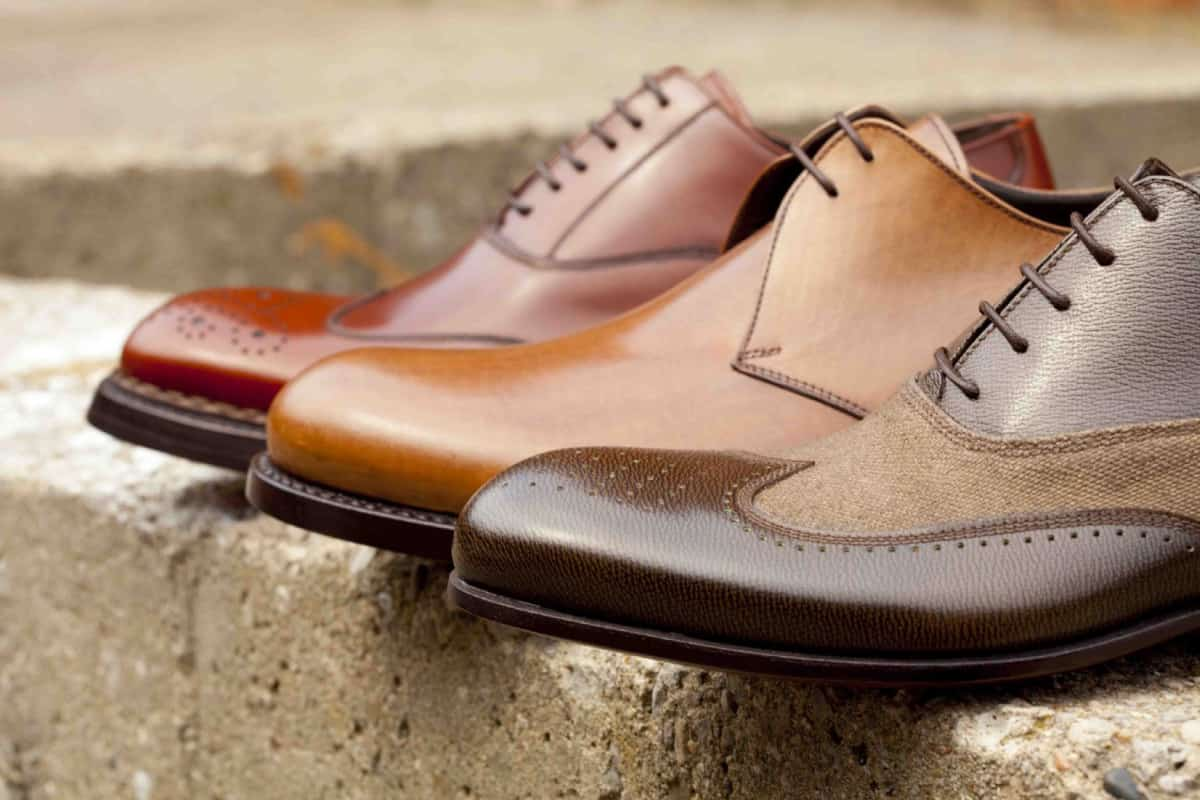
The shoe is constructed out of a single piece of cowhide and has a grass lining.
Its age is estimated to be 5,500 years old, which places it between the Neolithic and Bronze ages.
Otzi, the famed glacier mummy, was found to have been wearing footwear that was around 5,300 years old.
This shoe’s structure was significantly more complicated than I had anticipated.
The upper (outer shoe) was constructed out of deerskin, with the hairy side facing outward to provide resistance to moisture; the sole, on the other hand, was constructed out of bearskin, with the hairy side facing inward to provide superior characteristics for maintaining heat.
It is believed that the images of hunters that were discovered in the Altamira Cave in Spain dating back about 15,000 years are the first representation of individuals wearing shoes.
Archaeologists in the United States discovered a pair of sandals in the Arnold Research Cave in Missouri that date back 8,300 years and were made from plant materials.
These sandals hold the record for the oldest true footwear ever discovered.
There are an endless number of colors and shapes available, as well as a wide variety of materials from which shoes are crafted.
In the beginning, the only purpose of the design and construction of a shoe was to shield the wearer’s foot from harmful conditions and injuries, as well as the elements of the surrounding environment.
On the other hand, in more recent times, fashion has had a significant impact on shoe styles, and shoes are now worn to represent the social position of the person who wears them.
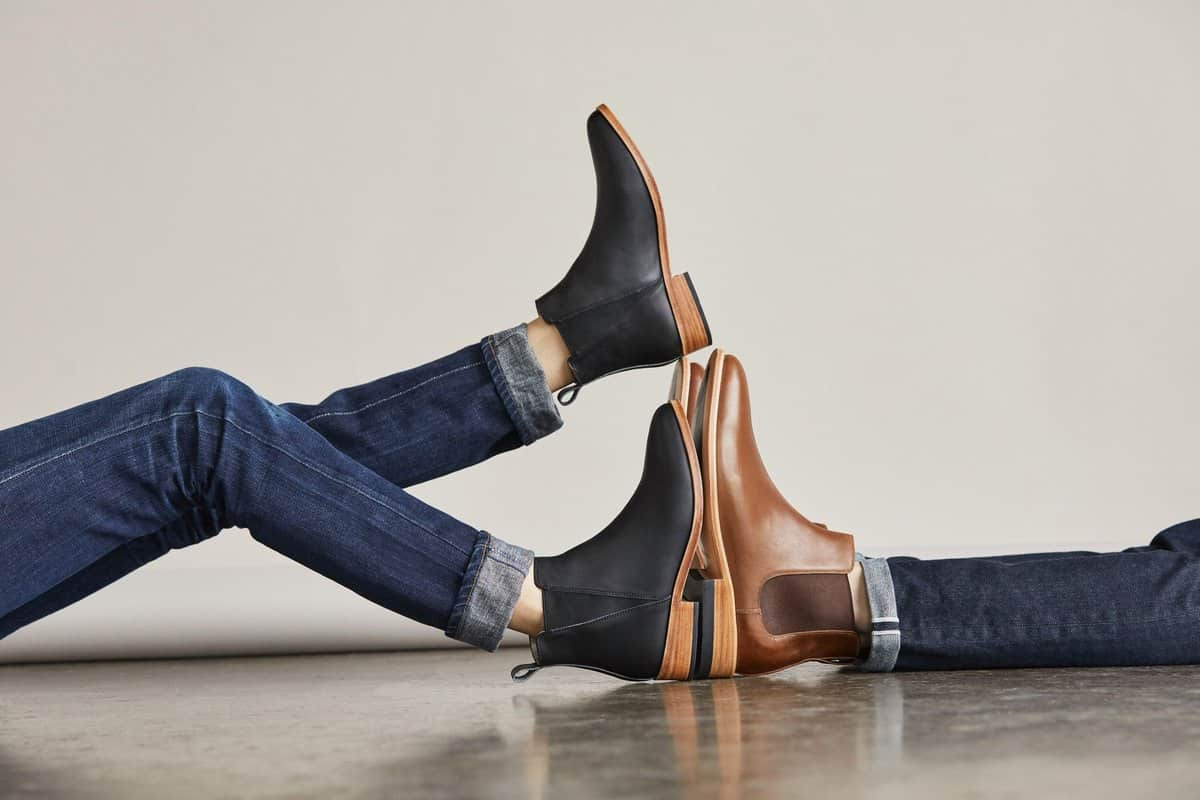
Modern footwear is not only more comfortable and more suited to the climate, but it is also expressly intended for specific uses.
This includes women’s and men’s shoes, slippers, sneakers, boots, hiking boots, sandals, and a great deal more.
Leather has consistently been the go-to material for footwear construction throughout the ages, mostly because sufficient shoes of the material have never been in short supply.
Even though many different materials may be used to manufacture footwear in today’s world, the most common and popular choice is still leather.
There are many different reasons for this.
Without affecting the material’s ability to breathe, it may be shaped, stitched, and made waterproof.
In addition to this, it provides a good level of protection against foot injuries and is very sturdy.
If you compare shoes produced from leather to those made from other materials, you will notice that wearing leather shoes does not cause nearly as much perspiration.
Fabric may also be breathable; however, in comparison to leather, its ability to resist water and the level of protection it offers against injuries is substantially lower.
Due to the great shoes it possesses, leather continues to be the material of choice for shoemaking.
The majority of cheaper replacement materials are processed due entirely to economic considerations.
It can be difficult to draw a clear distinction between the many types of leather that are used to produce shoe uppers due to the broad variety of leathers that are used in the production of shoes.
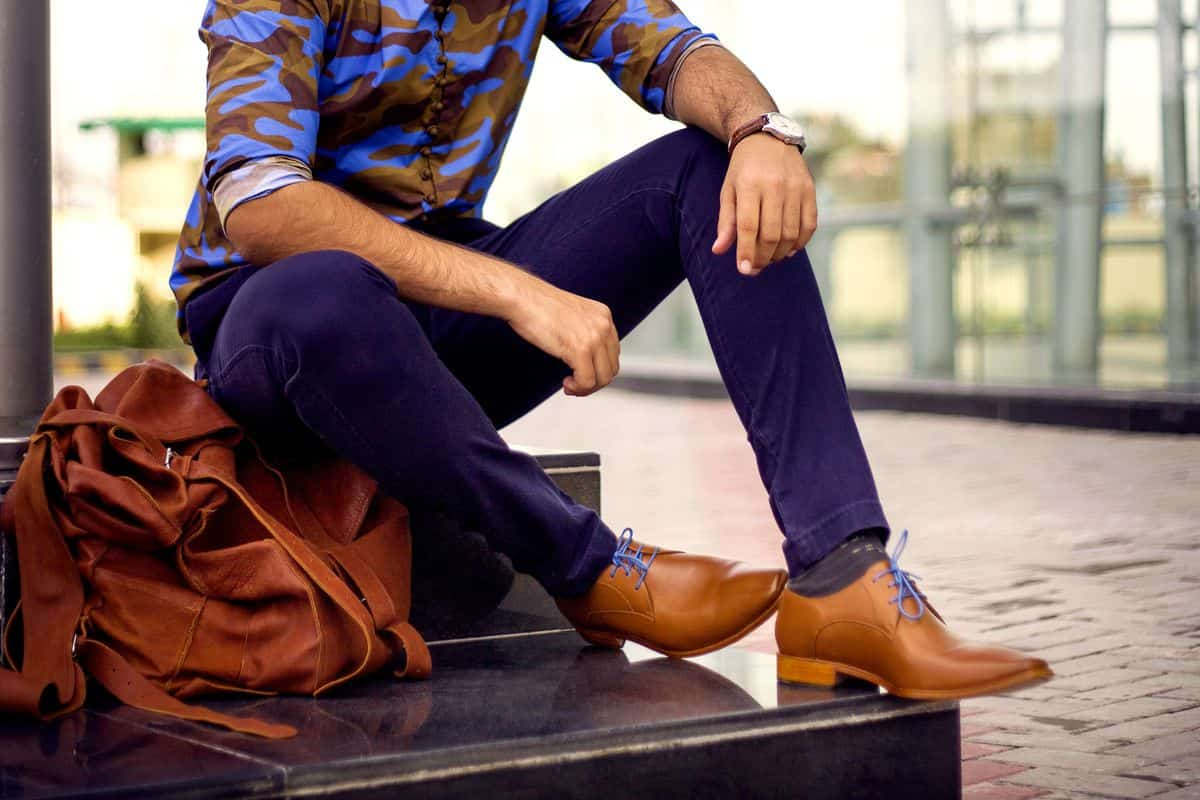
The most popular varieties of leather include pigmented smooth leather (leather that has a binder covering on the grain side), aniline leather (leather that has open pores on the grain side), waxed or oiled leather, suede, and nubuck.
The processing of cowhide that has been vegetable-tanned is standard practice for producing sole leather.
In Europe, footwear producers are obligated to make the kind of materials they use and the processes they go through very obvious on the product packaging.
The production of 14 billion pairs of leather shoes per year makes the footwear industry the largest consumer of leather in the world.
Around 11.5 billion of these are produced in facilities located in Asia, with China alone accounting for 8 billion of these products, making it the largest producer in the world.
In comparison, just 26 million pairs of shoes are manufactured in Germany, while only 5 million pairs of shoes are produced in the United Kingdom (without taking into account the contributions of the country’s two most important shoe manufacturers, “New Balance” and “Hotter”) (britishfootwearassociation.co.uk).
The United States of America is at the pinnacle of the global shoe-buying hierarchy.
According to the statistics, the average person in the United States purchases six new pairs of shoes each year.
Whereas customers in Europe, Japan, and Canada buy between three and five pairs of shoes per year on average, Chinese consumers only buy about two and a half pairs of shoes annually on average.
Every lady in Germany has 17.3 pairs of shoes in her home, whereas every guy in Germany has 8.2 pairs (according to a survey carried out in 2014).
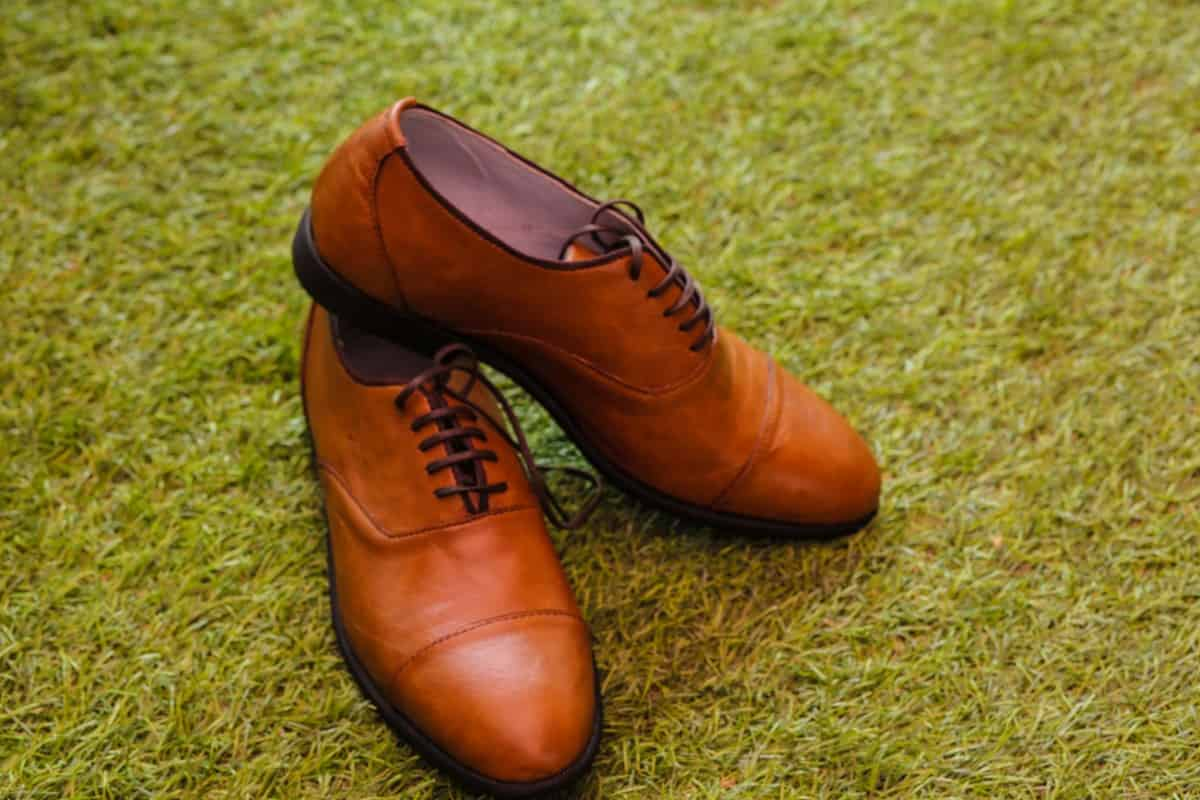
The output behavior also backs up these findings, confirming this statistic. A survey that was conducted in 2015 found that women spend around two times as much money on shoes as men do.
The quality of a shoe can be determined by several different characteristics, including the following:
-Rub fastness (the resistance of the leather surface to mechanical abrasion)
– The capacity to let water vapor through
-Resistance to being torn (the force that must be applied to increase existing tears)
-Discoloration (the staining of socks caused by the leather lining inside the shoe)
-Adherence of the color of the leather to the surface
-A behavior that can be manipulated
-Light fastness, refers to the resistance of the color of the material to fading when exposed to light.
In conclusion, Leather possesses a lot of highly unique and beneficial natural features, including the following: it is breathable, heat-insulating, elastic, tearproof, and abrasion-resistant, and it functions as a barrier against the evaporation of moisture.
In addition to this, it is sturdy, which contributes to the shoe’s increased stability and functionality.
It lends the shoe its extremely distinctive appearance, which is important to note from a sartorial point of view.
To accomplish this goal, the raw animal hides from which the leather will be tanned are packed with great care, and only the very best of these hides are used to prepare the leather for tanning.
In addition, during the very final stage of the manufacturing process, which is known as the preparation, the leather acquires its signature smell as well as its gorgeous appearance.
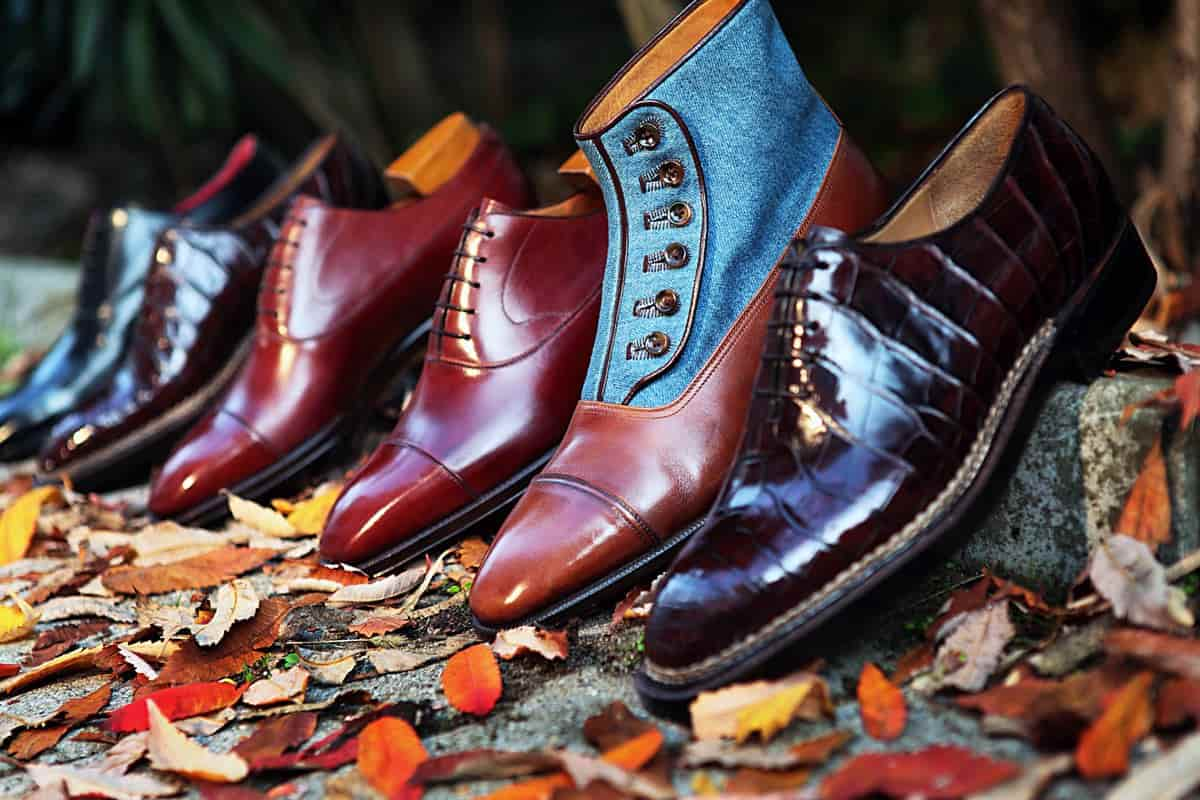
The ability of leather to naturally absorb and then let go of a substantial amount of moisture in the material’s most advantageous quality, and is also one of the primary reasons why it is so well-suited for use in the production of footwear.
There is no other material even remotely equivalent that is capable of doing this.
The moisture that is created by the wearer’s foot is absorbed by the shoe while it is being worn, and this helps to maintain a comfortable environment inside the shoe.
After being removed for a second time, the item causes the leather to undergo a process of regeneration in which it dries out and eventually returns to its initial state after 12 to 24 hours.
Utilizing a shoe tree, specifically one made of wood, is something that comes highly recommended.
Utilizing a material that is highly steeped in history, leather is one such material.
In the same way that classic shoe models have altered little in terms of their structure and look since the 19th century, only leather of the highest quality has been used to manufacture high-quality shoes for as long as anybody can remember using only leather of highest quality.
It is the same today as it was back then: great care needs to be done to keep its aesthetic and make it durable over the long run.
The individual who wears the shoe is rewarded with a flawless fit, which also helps to maintain the foot in a good and healthy condition.
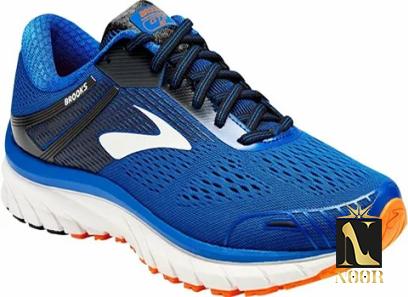
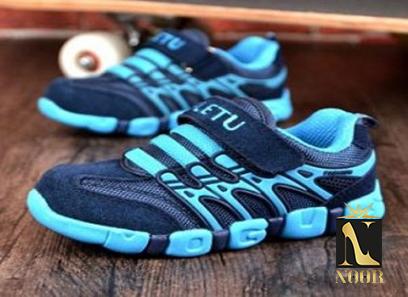
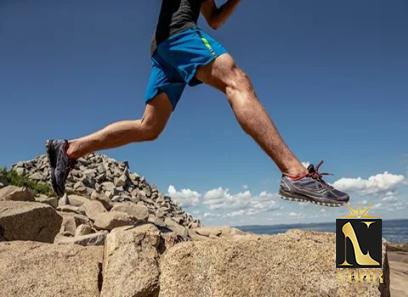
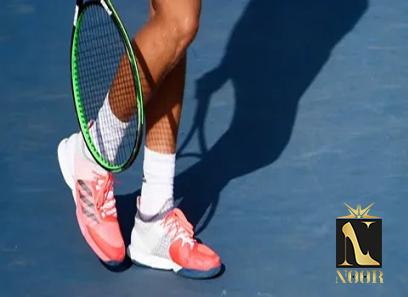

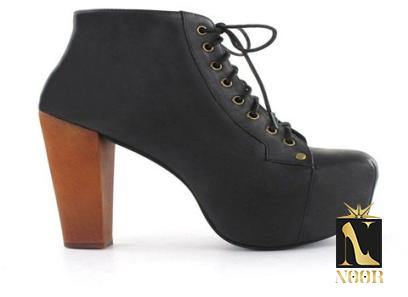
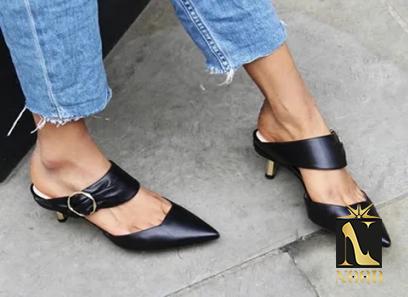
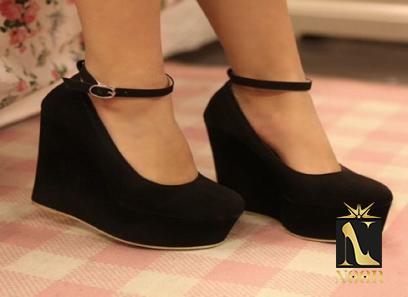

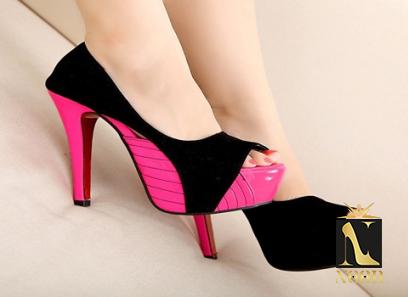
Your comment submitted.